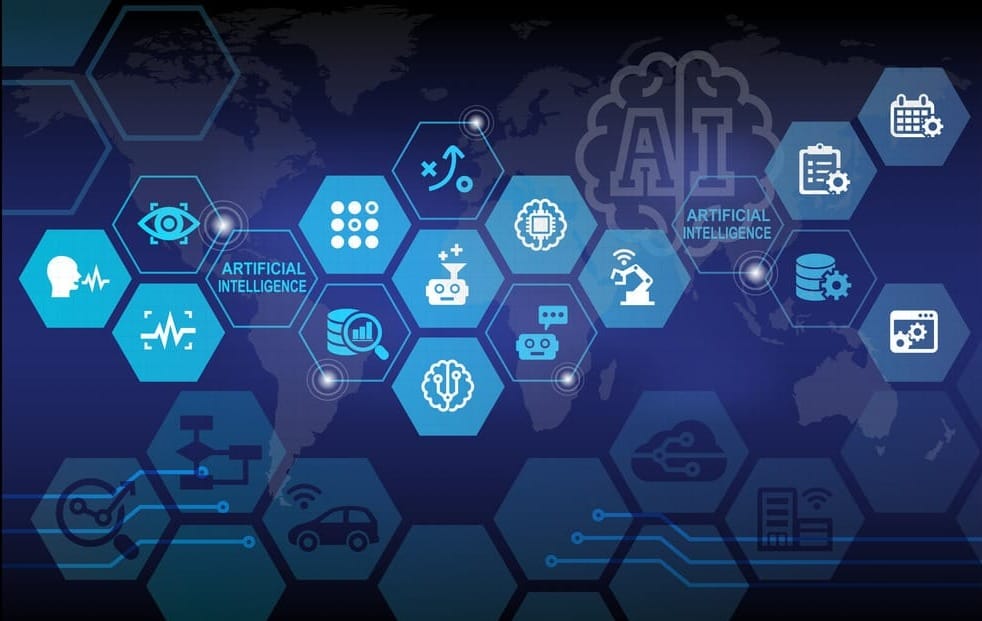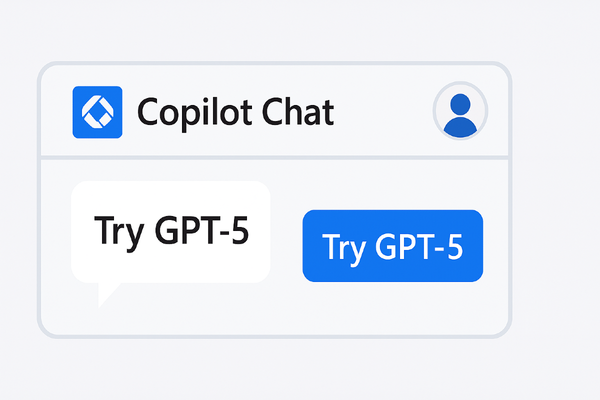AI in Repairs – Smarter Diagnostics or More Complexity?

Repairs services are under constant pressure—high demand, tight budgets, and not enough operatives. So when people talk about using AI to help, it’s worth asking: does it actually make things easier, or just more complicated?
🔍 Where AI Could Help in Repairs
Here’s where AI is starting to show up in the world of repairs:
- **Diagnostics tools** that identify likely faults from symptom descriptions
- **Scheduling engines** that optimise operative routes based on location, skills, and job urgency
- **Smart triage** systems that prioritise jobs and spot potential emergencies
- **Pattern recognition** that flags repeat issues or common fail points in stock
The goal? To help planners, supervisors, and operatives spend less time on admin and more time getting things fixed.
🧱 What’s the Catch?
If your core data is poor—or your staff aren’t bought into the process—AI can quickly become an added layer of frustration. There’s no point having a clever scheduling tool if operatives ignore it. Or a diagnostics tool if call handlers override it every time.
AI is only effective when the basics are solid: clean job histories, accurate property records, skilled operatives, and a clear process.
🏘️ Housing Example
One provider used an AI diagnostics tool to guide call centre staff through repairs reporting. It worked well—until it became clear the script didn’t match how tenants actually described problems. After some tweaking and staff training, the tool became much more accurate—and helped first-time fix rates climb.
💡 Common Sense AI Takeaway
AI won’t fix your repairs service on its own—but it can sharpen it. Focus on clean data, frontline trust, and gradual rollout. Think of AI as an upgrade—not a shortcut.
Next up in the Common Sense AI series: “AI Tools You Can Try Without Needing a Tech Team”



